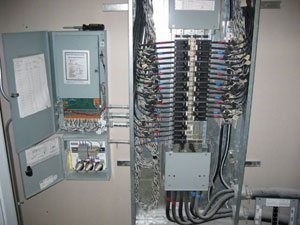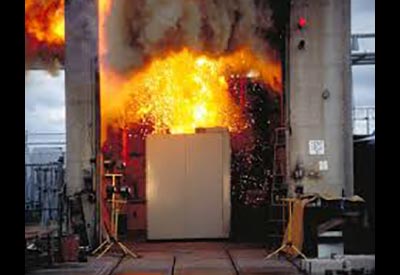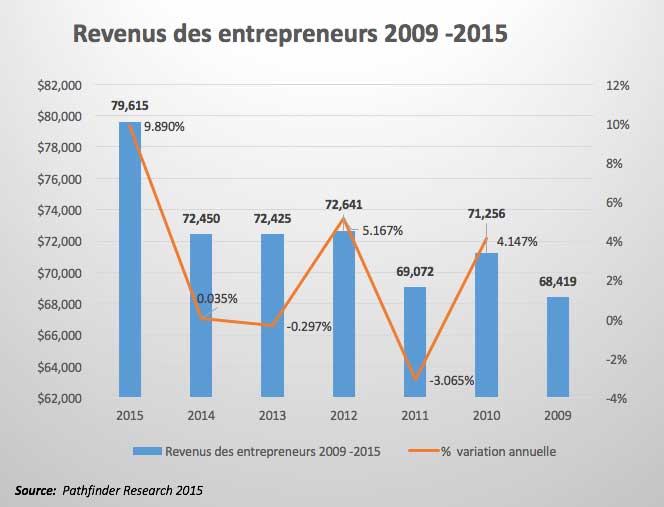Changements dans le Code canadien de l’électricité

Comme je l’ai souligné le mois dernier, certains changements seront évidents dans la 23e édition du Code canadien de l’électricité qui doit paraître au début de janvier 2015. Lorsqu’il sera publié, les utilisateurs du Code auront la possibilité de voir ces changements par eux-mêmes. Dans cet article, j’aimerais discuter de certains des changements les plus importants qui auront un impact sur certaines installations. Ces changements incluent la réécriture des règles pour clarifier les tables d’intensité souterraine admissible, les exigences sur les températures pour la sélection des conducteurs, les baisses de tension dans les unités résidentielles ou industrielles et les normes sur les arcs électriques dans les unités résidentielles.
2015 Canadian Electrical Code Changes.
As I indicated last month, several changes will be evident in the 23rd Edition Canadian Electrical Code which is scheduled for publication in early January 2015. When released, Code Users will have an opportunity to see for themselves these changes. Within this article I would like to review some of the more deliberated changes that will affect certain installations. This would include the rewrite of rules clarifying underground ampacity tables, the temperature requirements for conductor selection, voltage drop in dwelling units and industrial establishments, and arc-fault requirements in dwelling units.
Section 4 will see several changes that should eliminate some of the frustrations Code Users have had with conductor ampacities associated with underground installations. Rule 4-004(1)(d) for copper and 4-004(2)(d) for aluminum have been adjusted to reflect the consolidation of the Appendix B Diagrams B4-1 through B4-4 with the ampacity tables in Appendix D. The 2012 CE Code had Users make reference to diagrams which were in Appendix B and try to manipulate to tables in Appendix D. This new edition CE Code will have the ampacity tables and the diagrams all published in Appendix D. The main change with these Appendix D Tables is also the removal of the “B” Tables. In order to align the existing underground Tables (D8A through D15B) with the rest of the Code, the “A” Tables were re-calculated, making the “B” Tables unnecessary. The Code User will see an increase in allowable ampacities associated with these Installations.
Additionally, Rule 4-004(1)(g) for copper and 4-004(2)(g) for aluminum have been added to address the ampacities of shielded cables rated 5 kV to 46 kV in sizes No. 2 AWG to 1000 kcmil. These two new items point to ampacity tables D17A through D17N for installation configurations and conditions described in the Table D17 installation diagrams. Cables within these voltage ranges will have ampacities that vary substantially based on the variables associated with their installation. It is very important to remember that the ampacities listed in Tables D17A to D17N are only applicable for the configurations and conditions specified in Table D17. For alternate configurations and conditions the Code User should consult the IEEE 835 calculation method.
Another notable change to Section 4 will be with the clarification to Rule 4-006, Temperature Limitations. In the 2012 CE Code, (which saw the introduction of this rule) 4-006 indicated a default maximum conductor temperature of 90°C for equipment not marked for maximum conductor temperature. This default temperature was never correlated with the CSA C22.2 Standards (for example, CSA C22.2 No.4 or CSA C22.2 No.5) as they were only evaluated relative to the appropriate temperature characteristics of the terminations to 75°C. As a fix for equipment not marked for maximum conductor temperature, Subrule 2 has been rewritten to direct the Code User to consider the maximum conductor temperature to be 60°C for equipment rated not more than 100 A or marked for use with conductor sizes 1/0 or smaller, and 75°C for equipment rated more than 100 A or marked for use with conductor sizes larger than 1/0.
As indicated in the Appendix B intent statement, the size of conductors terminating on equipment shall be not less than the conductor sized from the appropriate conductor temperature column in tables 1, 2, 3 or 4. Additionally it should be noted that the temperature requirement of conductors only applies to the first 1.2 m of conductor length measured from the point of termination (Subrule 4) and if a splice is made to meet the temperature requirements of this rule, the conductor terminating to the equipment cannot be less than 1.2 m in length (Subrule 5). Additional scenarios are spelled out in Subrules 3 and 6.
In Section 8 the Voltage Drop rule (8-106) has been rewritten to better apply to specific installations. While the 3% and 5% limitations still apply to feeder or branch circuits; and from the supply side of the consumer’s service (or equivalent) to the point of utilization respectively, notwithstanding clauses have been added for Residential and Industrial situations. Subrule 3 directs the Code User to a new Table 68 for conductor length measured from the supply side of the consumer’s service to the furthest point of utilization on general use circuits not exceeding 120 V or 20 A in dwelling units. Subrule 4 allows, in Industrial establishments, where qualified persons ensure maintenance and supervision for equipment, the voltage drop to be such that the voltage at the point of utilization is within the rating or voltage tolerance of the connected equipment. This could very well be below the maximum 5% allowed is Subrule 1.
The requirements for arc-fault protection for receptacles in bedrooms has been revised (Rule 26-724 item (f)) to mandate arc-fault protected by a combination type arc fault circuit interrupter for all receptacles rated 125 volt and 20 A or less in dwelling units. Exceptions to this requirement are for those receptacles installed in each bathroom and washroom in accordance with 26-710(f) and those receptacles installed in kitchens in accordance with 26-712(d)(i), (iii), (iv), (v). Of course the exception, introduced in the 2012 CE Code, that a single receptacle installed for a sump pump still exists provided certain conditions are met. Item (g) of Rule 26-724 also allows the arc-fault protection mention above to be in the form of an outlet branch circuit type arc-fault circuit interrupter provided it is installed at the first outlet on the branch circuit and the wiring method between the branch circuit overcurrent device and the first outlet is comprised of metal raceway, armoured cable, or non-metallic conduit or tubing.
These changes are just a few of what will be coming within the 23rd Edition CE Code. Before they become a mandatory requirement within your jurisdiction, the Authority Having Jurisdiction (AHJ) must legislate the adoption of this edition of the CE Code. For some jurisdictions this adoption and enforcement will be within 6 months or less of the Codes’ publication, while other jurisdictions could take up to a couple years to adopt. Code users should always consult the AHJ for information on which edition code is enforced.
Pierre McDonald, CET, is Senior Regulatory Affairs Representative/Répresentant Principal, Affaires Réglementaires, Underwriters Laboratories of Canada Inc. Based in St. Albert, AB, Pierre has been a member of the Canadian Electrical Code Part 1 technical committee as well as several subcommittees including serving as Chair of Sections 6 and 76 and as a member representing regulators on several other CSA committees. Pierre is still active with code development and interpretation.












